
This logo isn't an ad or affiliate link. It's an organization that shares in our mission, and empowered the authors to share their insights in Byte form.
Rumie vets Bytes for compliance with our
Standards.
The organization is responsible for the completeness and reliability of the content.
Learn more
about how Rumie works with partners.
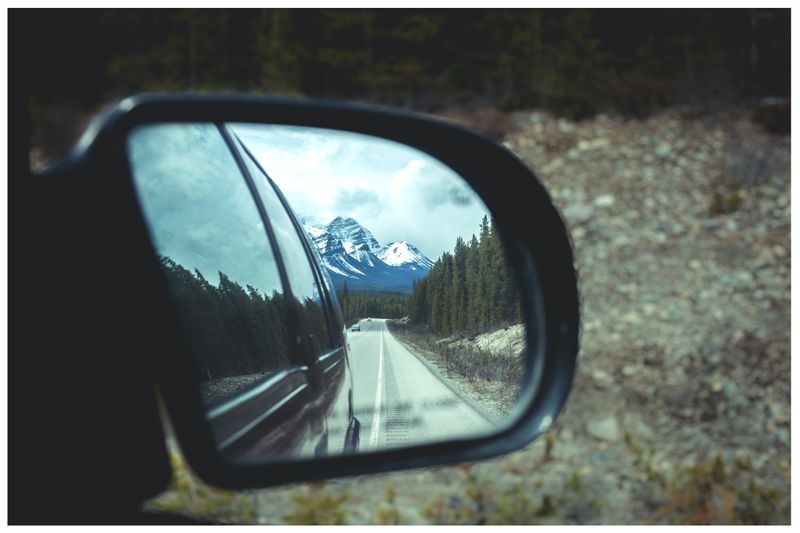 Photo by Jack Hodges on Unsplash
Photo by Jack Hodges on UnsplashYou’re driving on the roadways of Banff National Park when something catches your eye in the side-view mirror: the flashing red and blue lights of a police car.
Your heart rate increases as you wonder, what should I do?
Remain calm and follow the next steps when pulled over by the police in Canada.
1. Pull Over In A Safe Location
When the police are behind you with their emergency lights flashing and/or their siren on, you need to immediately move to a safe location to either allow them to pass or stop safely behind your vehicle.
Carefully and legally stop your vehicle with space for two at:
The right edge of the road on a two-way roadway.
The nearest edge of the road on a one-way roadway.
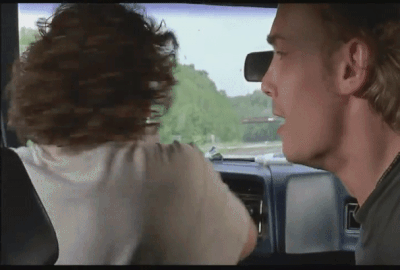
Quiz
Where is the best place to pull over?
Think "safety first" when pulling over, and stop where you are not likely to create a danger or an obstruction to other traffic.
2. Ensure That Your Vehicle Won't Move
After you have stopped, ensure your vehicle’s transmission is in the PARK gear (automatic transmission) or the NEUTRAL gear (manual-shift transmission).
Apply the emergency parking brake and remain in your vehicle.
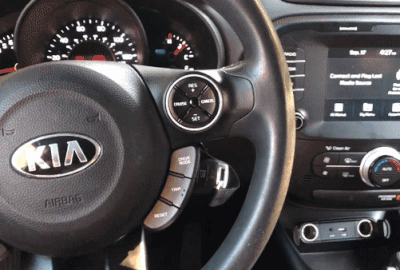
Did you know?
3. Prepare Your Vehicle & Yourself
Turn off your music to be able to hear the officer loud and clear and vice versa.
If it's dark outside, turn on your interior light.
Roll down your window.
Keep your hands on the steering wheel and always where the officer can see them.
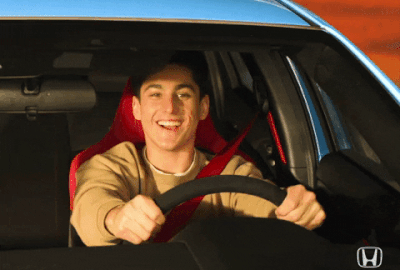
4. Follow Police Instructions
The police officer will give you instructions when they approach your vehicle. Let them speak first, and remember that they can use anything you say as evidence in court.
Remain calm, cooperative and polite.
Provide your license, registration and vehicle insurance as requested after telling the officer where they are located.
Provide a breath sample or complete a sobriety test as requested — it's illegal to refuse one, so you'll be charged with an offense if you don't comply !
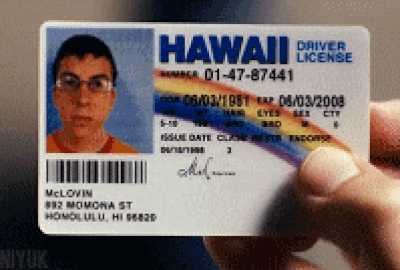
Did you know?
5. Vehicle Search And Fines
The police officer can look in your windows and may use a flashlight if it is dark. They may also search your car if they have grounds to believe that there are illegal substances or evidence relating to the commission of a crime in the vehicle.
You have a right to refuse the search of your vehicle and call your lawyer.
If you receive a ticket, accept it calmly.
Exit or move your vehicle only when the police officer tells you to.
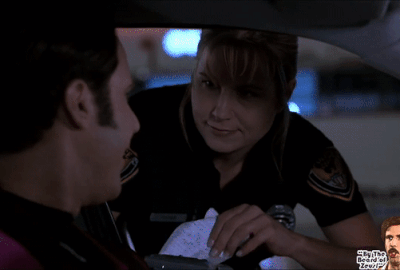
Quiz
The officer issues you a ticket but you do not agree to the charges laid. What should you do?
Accepting a ticket is not an admission of guilt. You can dispute the fine and argue your reasons in court if you feel that you’re innocent. Avoid being aggressive or lying about your name or address, as the officer may charge you with obstruction of justice.
This Byte has been authored by
Carol Starratt
Learning Experience Designer
BSc, BEd
 Prepare for your next trip behind the wheel, and verify the following:
Prepare for your next trip behind the wheel, and verify the following: